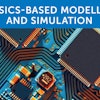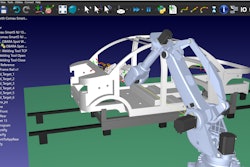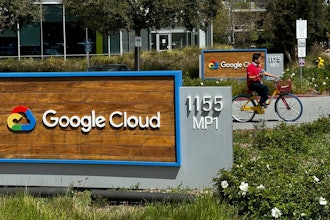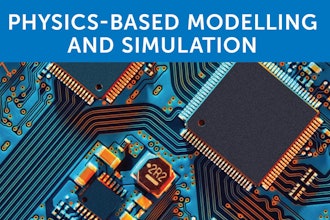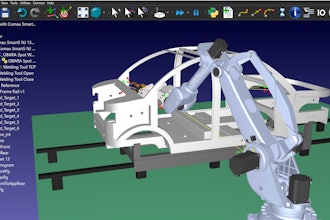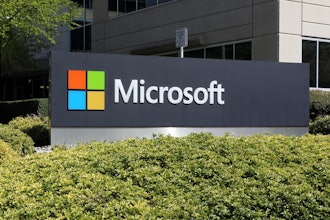Manufacturers look to ERP systems to build success. But change does not come from investment in ERP — it comes from commitment to strategic implementation.
Installing ERP provides manufacturers with technology. Implementing ERP provides a culture of data-driven decision making, equipped to develop solutions with lasting value.
CTG: Not Your Typical ERP Customer
In 2010, Channel Technologies Group found itself at a pivotal point. As the marketplace evolved and the supply chain went global, CTG could change too, or get left behind.
CTG had all of the components of a successful manufacturer — a team of top scientists and technicians, a strong foundation built on a deep understanding of piezo-technology, and a commitment to R&D — but lacked the efficient process required to become a global competitor.
Manufacturing giants in the industry had success with ERP. But no one thought the 250-person, once-family-run defense manufacturer could accommodate such a culture shift.
In 2012, CTG began the journey to cloud-based ERP. The journey took CTG into new markets.
While the technology was remarkable, the turn-around came from within, from the team championing the change. CTG was able to design a system that fit the CTG manufacturing process.
Component 1: Vision
ERP produces numbers — inventory counts, production metrics, cost histories, labor reports and more — but manufacturers need results. Without a process to turn the numbers into data-driven efficiencies, there is no value added.
Production of an effective ERP implementation program begins long before the software goes online. At CTG, the process began with a clear definition of objectives. Improved resource planning — specifically reduced inventory and scrap rates — was among CTG’s intended outcomes.
With a clear goal in mind, CTG was able to implement an ERP system that tracked the process of the build cycle, and used it to make adjustments in real-time, reducing inventory by 15 percent and the scrap rates of all production units in just one year.
Component 2: The Right Tools for the Job
There are many ERP vendors. Finding the right fit maximizes the value of ERP investment. CTG spent many months evaluating options. Information from conferences, vendors and demonstrations helped CTG pick an ERP that fit the unique CTG manufacturing process.
For the best results, existing IT structure and industry-specific needs should factor into the decision-making process. Cloud-based ERP provided a solution most compatible with CTG’s existing infrastructure and IT resources. Like CTG, many SMEs find cloud-based ERP easiest to implement. But process doesn’t end when the tools are selected. The tools need to be used in a way that builds solutions.
Many small businesses wrongly assume the necessary upgrades make ERP too costly to implement. In fact, by identifying objectives up front, CTG migrated just one year of data. This made implementation more efficient and much faster, reducing possible losses from being offline. Strategic implementation kept costs manageable. The decision to integrate ERP drew attention to the necessary information technologies and allowed the company to renegotiate contracts with internet service providers and actually reduce some costs. By managing the changes associated with ERP as part of a whole change management initiative and not just a technology choice, the company’s leadership leverage the talent and infrastructure needed to capable of achieving CTG’s goals.
Component 3: People
Like any software, ERP software is only as effective as the people using it. Investment in ERP requires continued investment in human capital. Successful ERP implementation requires support, from the top-down and bottom-up.
ERP highlights opportunities to make changes, change that bring efficiency to a manufacturer’s processes. For employees, change could mean restructured job roles, relationships and focus. And change can be unsettling. Employee involvement from the start can help smooth the transition.
At CTG, employee involvement contributed to the system’s success. Direct involvement in the process raised awareness of objectives and outcomes, helping to build support from the staff. Employees most skeptical of the change were put at the center of the process, given a place on the implementation team. With a solid plan in place, implantation took less than 12 months for all of the core functions.
Transformation
The data-driven decision-making brought about by ERP transformed the company from a family-owned defense manufacturer getting by, to a competitive global manufacturer getting ahead. Today, the company ventures into new markets with efficiencies that define CTG’s competitive advantage.
Executive leaders too often deal with ERP only as a capital expense related to technology. By approaching the technology as a change management tool, we achieved greater success transforming not only the operations but the culture on our shoproom floor. With the modifications sparked by ERP technology, companies must leverage people and process to build real success.



